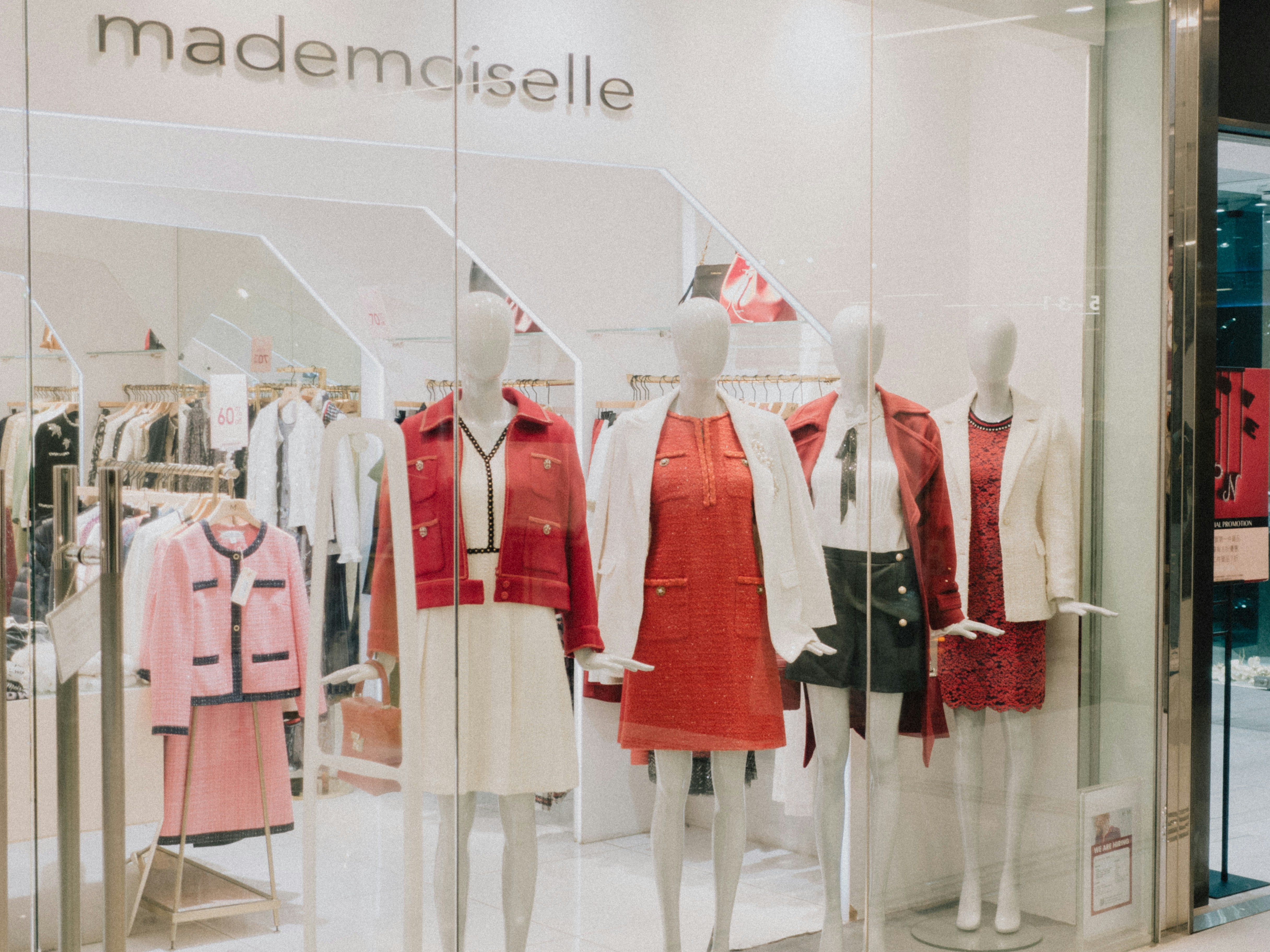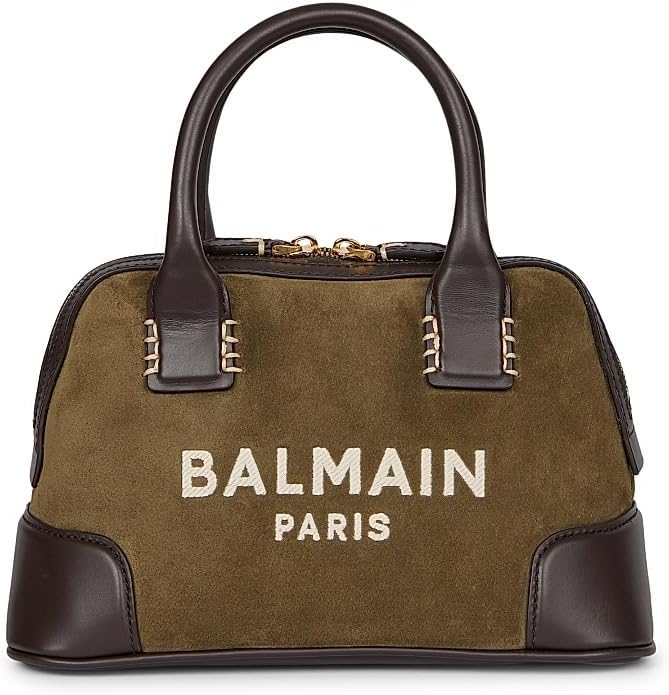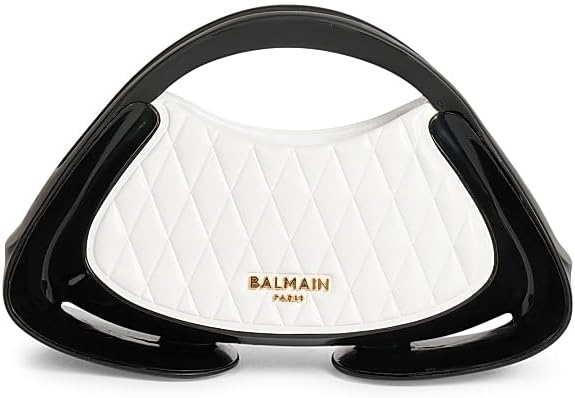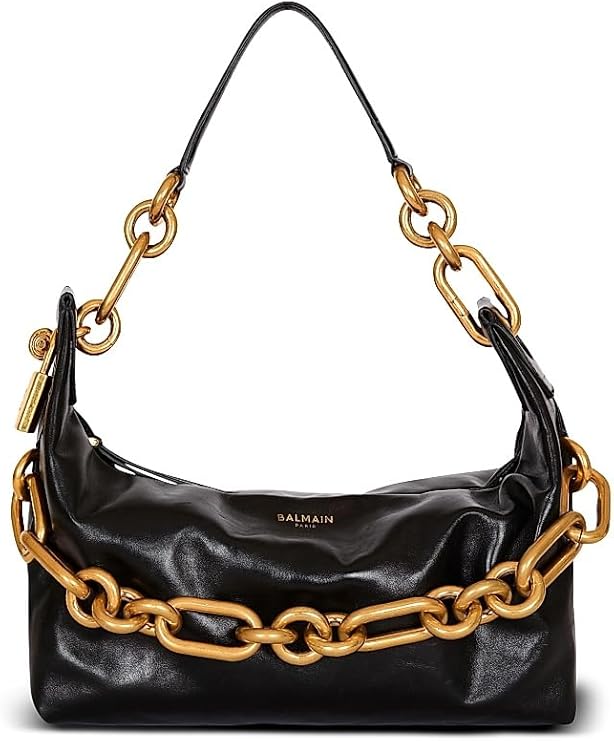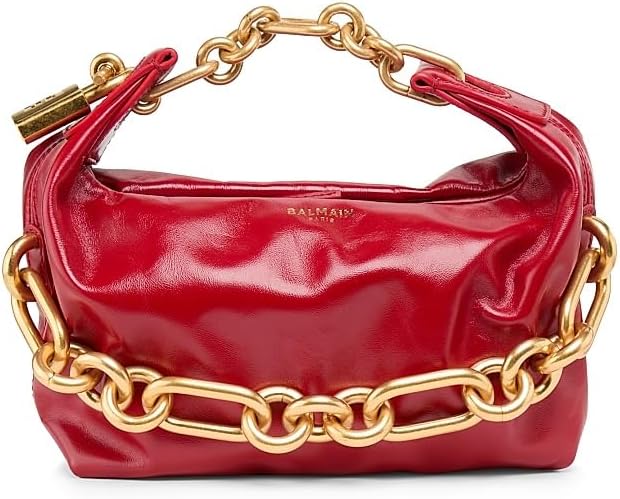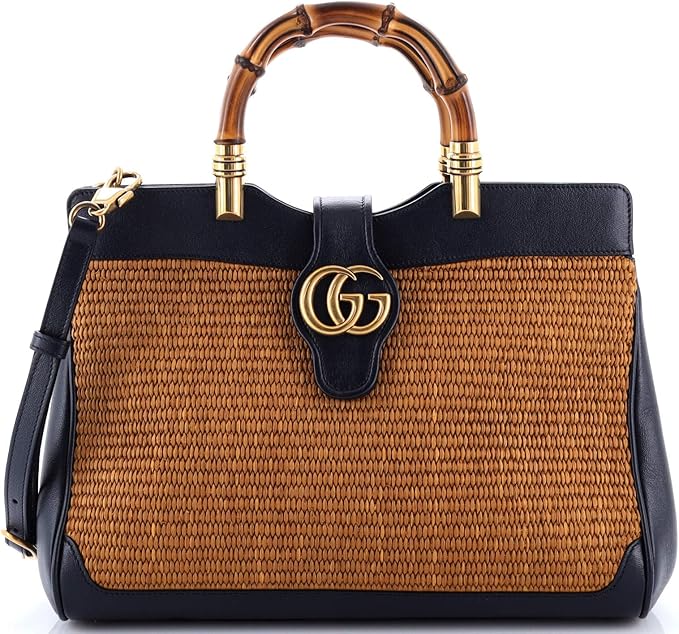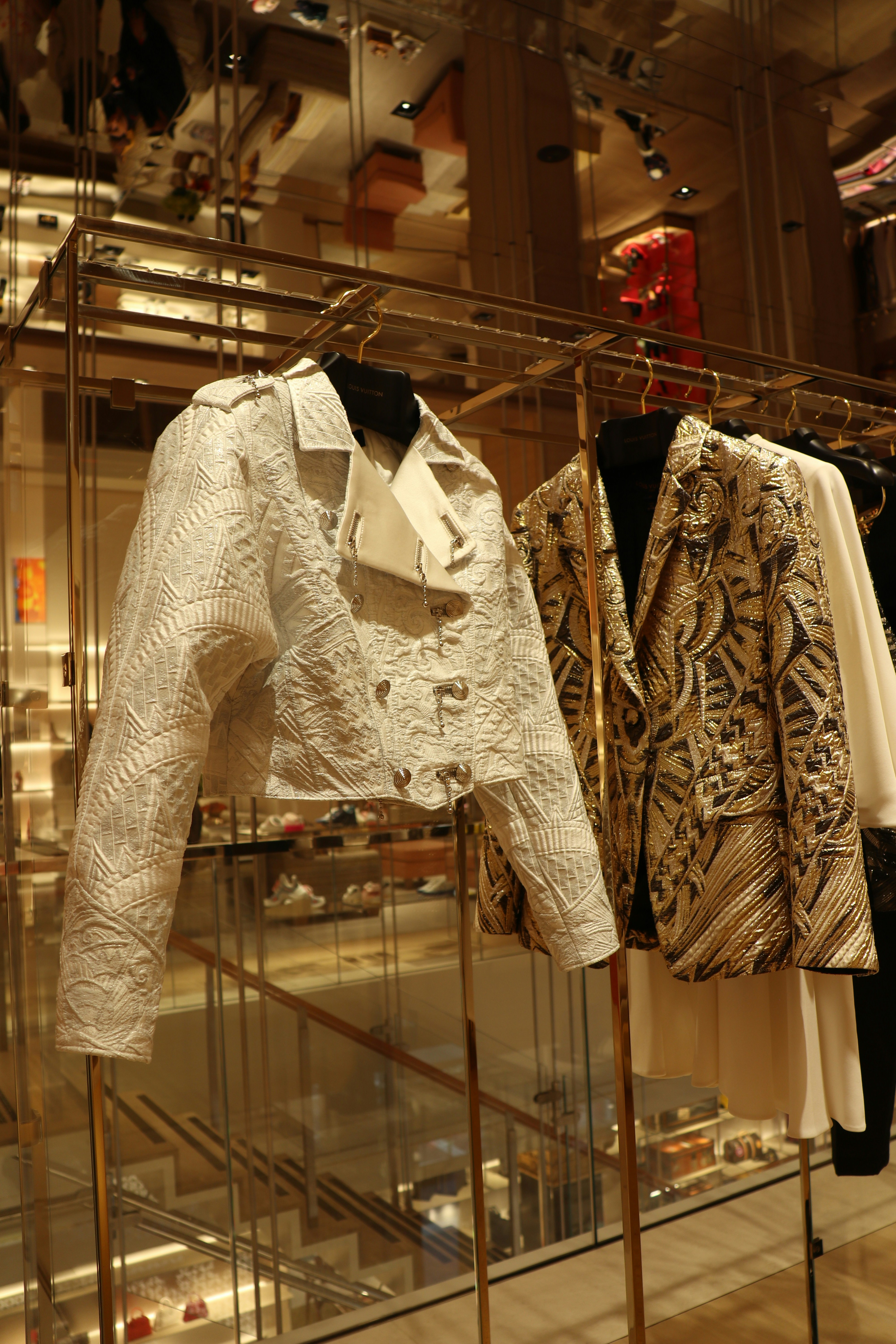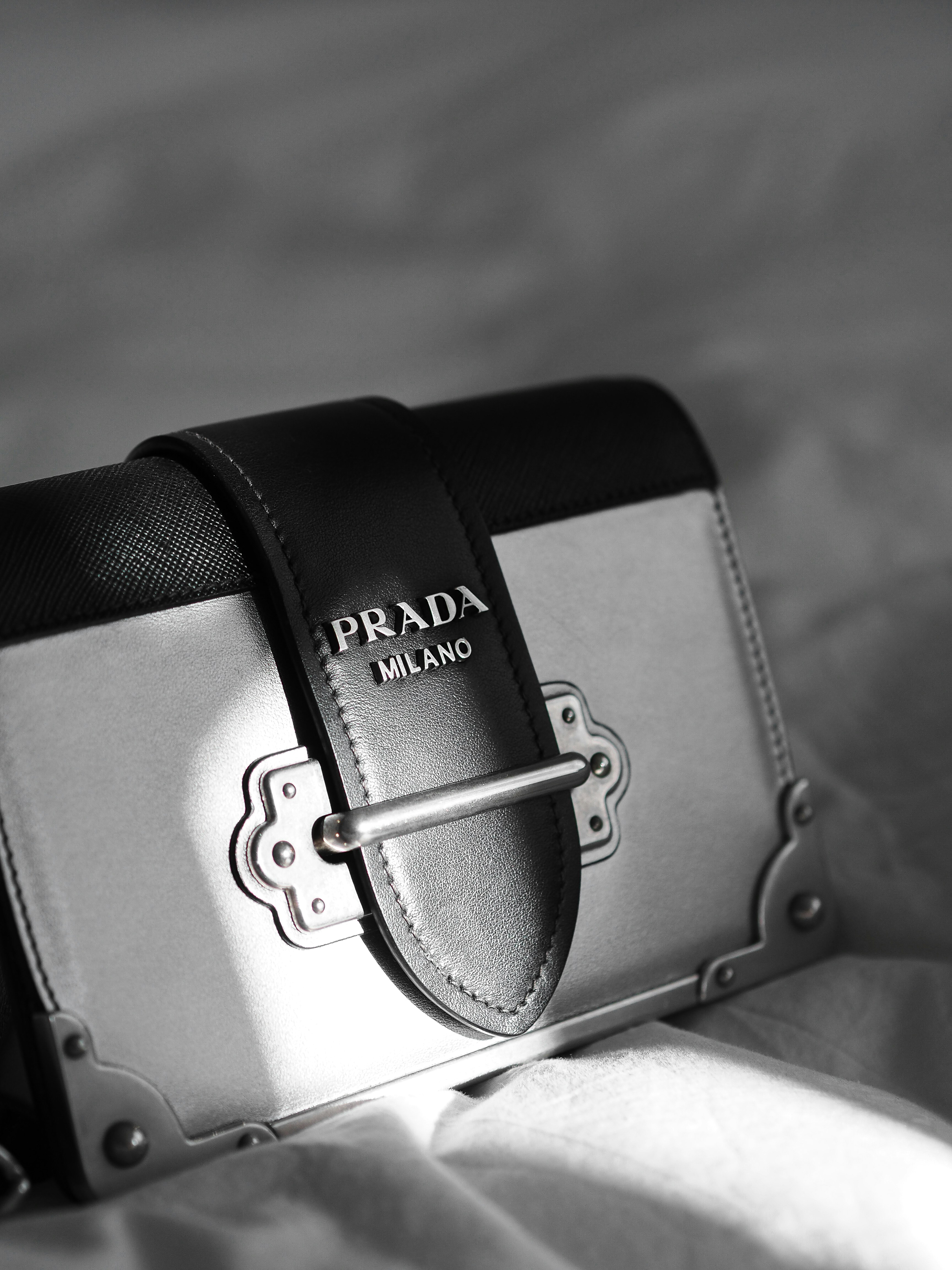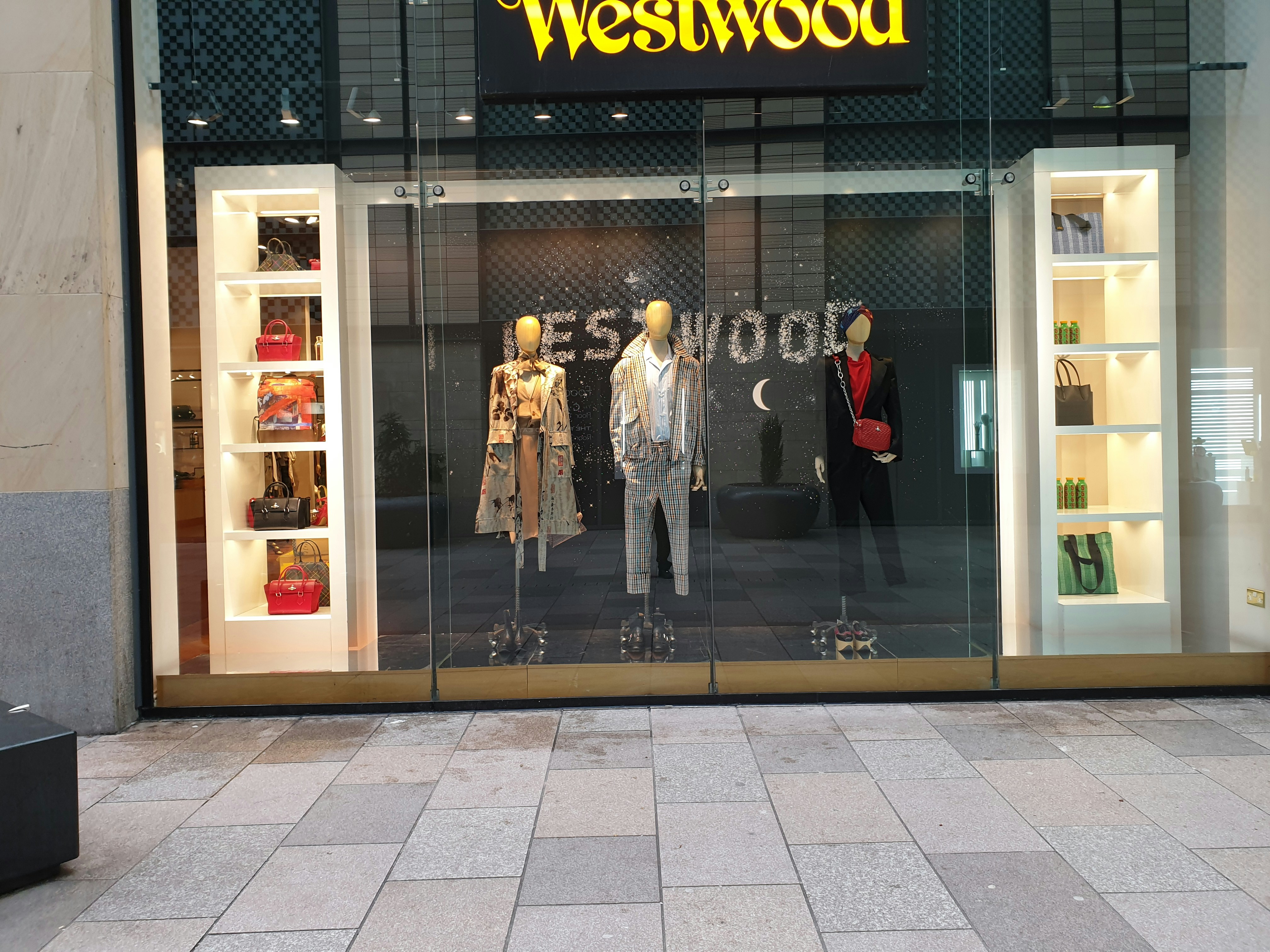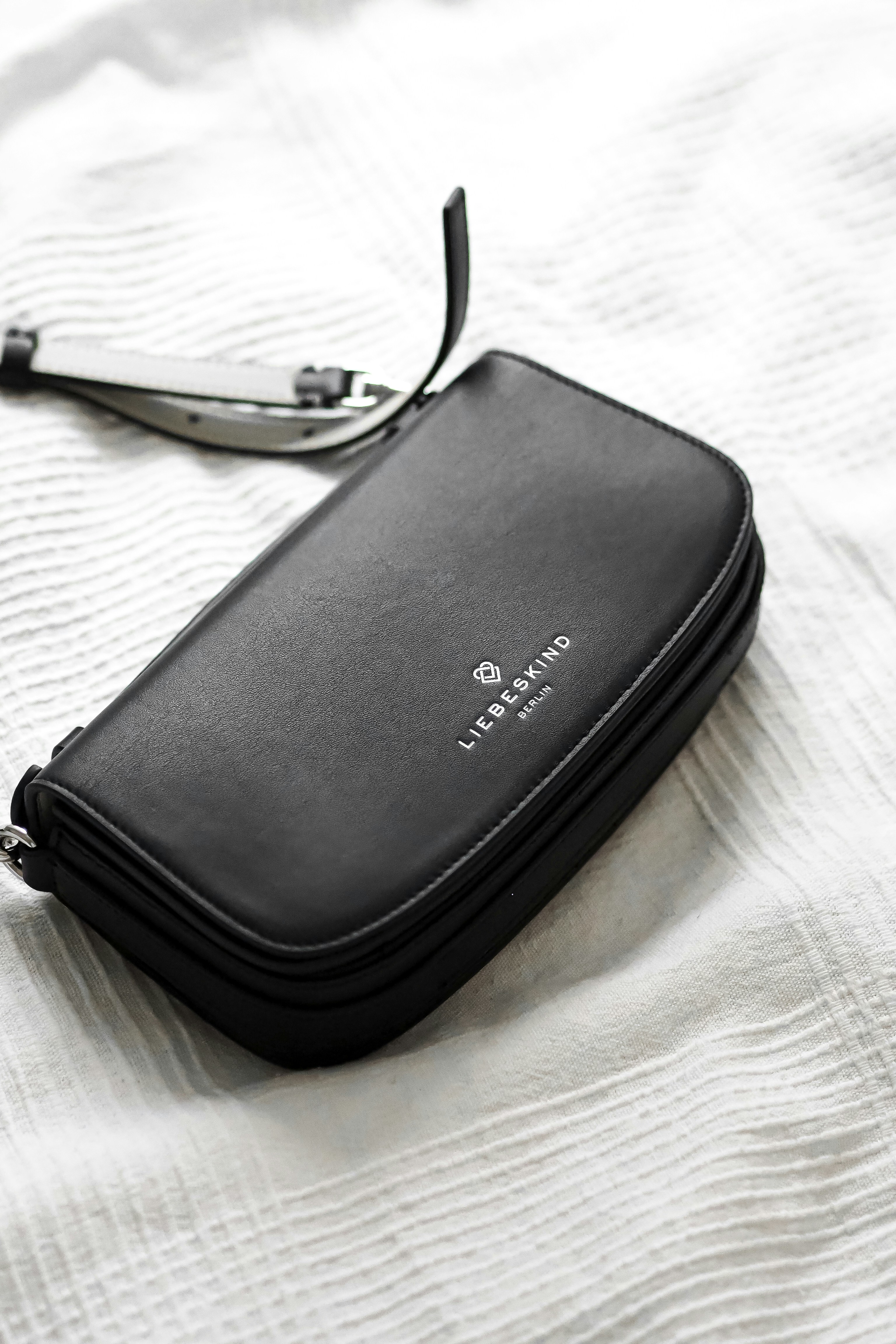A Brief History of Maje
Maje, an eminent French fashion brand, was established in 1998 by designer Judith Milgrom. The inception of Maje was rooted in Milgrom’s vision to create a line that encapsulated the effortless chic and femininity emblematic of French culture. From its modest beginnings, Maje rapidly gained recognition and carved a niche within the competitive realm of fashion, appealing to women seeking modern elegance combined with a relaxed attitude.
The name “Maje” originates from the initials of Judith Milgrom’s family and is emblematic of her personal commitment to the brand’s ethos. The label’s designs reflect a quintessential Parisian style, ensuring that garments exude both sophistication and practicality. As the brand flourished, it became part of the SMCP Group, which also houses other distinguished labels such as Sandro and Claudie Pierlot. This partnership facilitated substantial growth, leading to the brand opening numerous boutiques worldwide, solidifying its place in global fashion.
Over the years, Maje has achieved significant milestones that have contributed to its reputation as a purveyor of contemporary women’s fashion. Notably, the brand has collaborated with various influencers and artists, creating limited-edition pieces that blend creativity with haute couture. This strategy not only enhances its allure but also engages the artistic community, fostering a unique connection with its clientele.
Maje’s innovative designs often incorporate intricate details and luxurious fabrics, catering to the evolving tastes of modern women. Each collection is carefully curated, drawing inspiration from diverse cultures while staying true to its French roots. The emphasis on quality craftsmanship, alongside a keen understanding of feminine aesthetics, continues to define the brand as a quintessential symbol of refined French elegance.
Signature Style: Feminine Silhouettes and Urban Cool
Maje, a renowned French fashion label, exemplifies a unique design language that fuses feminine silhouettes with an urban edge. Central to Maje’s aesthetic is the deliberate use of fabrics, colors, and cuts that enhance the allure of women’s apparel while ensuring effortless versatility. The brand employs high-quality materials, such as soft cottons, luxurious silks, and delicate laces, which not only contribute to the comfort of the clothing but also elevate its overall elegance.
In terms of color palettes, Maje often opts for muted tones and earthy shades, punctuated by striking seasonal colors. This mindful approach allows the brand to create garments that seamlessly transition from everyday wear to more formal occasions. Signature pieces, such as their iconic lace dresses, exemplify this blend of timeless elegance and modern design principles. These dresses often feature careful draping and intricate detailing, making them perfect for both casual outings and special events.
Maje’s expertise in perfecting the feminine silhouette is further evidenced by its innovative cuts. The brand balances tailored looks with softer, flowing shapes, thereby catering to various body types and preferences. This attention to fit and form is essential in crafting collections that resonate with a diverse clientele. Additionally, the brand draws inspiration from contemporary trends, weaving popular styles into its offerings while maintaining a distinct identity. This influences how Maje interprets seasonal trends—creating garments that feel both current and enduring, ensuring that every piece remains relevant year after year.
As the fashion landscape evolves, Maje continues to embody a harmonious blend of feminine elegance mixed with urban sensibilities, making it a pivotal player in the contemporary fashion scene.
The Role of Lace in Maje’s Collections
Lace is a defining element in Maje’s fashion collections, serving not only as a fabric but as a medium through which the brand conveys its core philosophy of femininity and elegance. Originating in medieval Europe, lace has evolved over the centuries, becoming synonymous with grace and sophistication. For Maje, lace embodies the essence of French heritage, capturing the intricate artistry that is its hallmark.
The appeal of lace in Maje’s collections lies in its versatility and adaptability, allowing designers to craft pieces suitable for a wide range of occasions. For instance, a signature lace dress from Maje can effortlessly transition from a casual gathering to a formal event, all while exuding a distinct style signature. The designs often include delicate patterns and intricate detailing that elevate a simple silhouette into a statement piece. This approach is manifested in various iconic lace dresses showcased throughout Maje’s seasonal collections, such as the timeless A-line lace midi dress or the romantic off-the-shoulder lace gown, both of which highlight the brand’s commitment to elegant femininity.
Maje’s craftsmanship is evident in every lace piece, with meticulous attention to detail and an understanding of how lace should drape and fit. Each dress reflects an artistic blend of modernity and tradition, where the delicate nature of lace is enhanced by innovative cuts and contemporary shapes. By choosing lace, Maje reinforces the narrative of femininity that resonates with its target audience, offering garments that are not only beautiful but also empowering. This careful consideration of fabric and design positions lace as a staple in Maje’s identity, capturing the lightness and ethos of contemporary French fashion.
Maje in the Fashion Landscape: Challenges and Future Directions
Maje, founded in 1998, has become a significant player in the realm of contemporary women’s fashion, particularly as part of the SMCP Group. In a rapidly evolving industry, the brand faces numerous challenges that must be addressed to maintain its position and relevance. One of the most pressing issues is the need for sustainability. As consumers increasingly prioritize environmentally-friendly practices, fashion brands must adapt their operations to align with these expectations. Maje has taken initial steps toward sustainability by incorporating eco-friendly materials and practices, yet continued innovation will be pivotal in solidifying its commitment to ethical fashion.
Moreover, shifting consumer preferences pose another hurdle for Maje. The rise of digital shopping and the demand for personalized experiences mean that traditional retail strategies may no longer suffice. Maje’s ability to engage with its audience through digital platforms, social media, and e-commerce will be critical in remaining competitive. Insights from industry experts suggest that a strong omnichannel approach will empower the brand to resonate with both loyal customers and newcomers, ensuring a diverse clientele.
Looking ahead, Maje can potentially explore collaborations with emerging designers, reinforcing its creative ethos while appealing to a broader audience. The integration of smart technologies and data analytics could also enhance customer experiences, providing tailored recommendations and facilitating product discovery. Trends such as the rise of inclusive sizing and gender-fluid fashion may represent further avenues for Maje to diversify its offerings, while staying true to its feminine identity.
In conclusion, navigating these challenges requires Maje to remain adaptable and innovative. Balancing sustainability with consumer expectations, along with leveraging digital advancements, will be essential in defining the future trajectory of this iconic French label. Insights from the market will undoubtedly shape Maje’s evolution as it strives to maintain its essence in a transformative fashion landscape.

